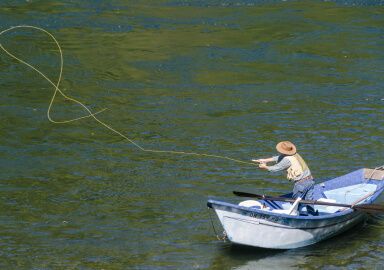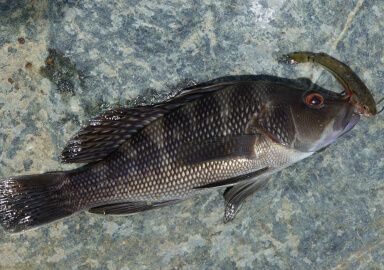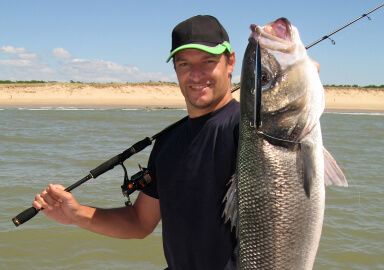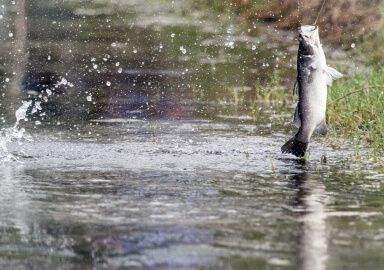European Seabass
European sea bass is an aggressive inshore predator highly favoured by light tackle enthusiasts.
View 4 listings
4
listings
–
price starting from
4
countries
–
to the nearest trip
Where and When?
European seabass are found along the eastern shores of the Atlantic Ocean, from Norway in the north to Senegal in the south. They occur also in the Mediterranean Sea and the Black Sea, but not the Baltic Sea. They are rarely found far offshore and wherever they are, they usually favour structure and cover. As juveniles they commonly shoal but larger individuals are usually solitary or in small loose groups of similar sized fish. They are a shallow water species and are often found in highly tidal areas where they enter with the incoming tide and exit as the water shallows. The European seabass feed primarily at night, using their large eyes to spot their prey; the best fishing is often late afternoon or early morning. Catches are usually best in summer, when the fish are mostly close inshore, but the species may be caught year round.
About European Seabass
Many diverse fish species are called “seabass”, including the barramundi in Australia and the Patagonian toothfish in Chile, but the European seabass (Dicentrachus labrax) is one of the most important marine angling species in western Europe. The species is torpedo shaped with a greyish or brownish upper side and a silvery lower area. The eyes are large, and so is the mouth. European seabass are a fairly slow growing inshore species that reaches 1 meter long (39 in.) and 12 kilograms (26 lbs) but most fish caught are around 0.5 meters (20 in.) long. They usually stay close to the coastline and juveniles mostly live in estuaries for the first few years of their lives. Small specimens eat mainly invertebrates while larger specimens take an increasing proportion of fish. They spawn in March to June and undergo an annual inshore migration each summer. The species is under heavy pressure in many areas due mostly to commercial fishing and numbers have declined markedly in these areas in recent years.
How to Catch?
European seabass are a top priority target of light tackle marine anglers in much of western Europe. They are relatively easy to access as they can often be caught from the shore, in estuaries and bays, or by using the smallest of boats. As top optic predators, when conditions are right, they will aggressively take an offered fly, plastic, jig or lure. If the water is too muddy or opaque they can still be targeted using natural baits by several methods. Offshore, but close to it, a small boat can take the angler to likely spots that include a reef or any similar artificial or natural structure, gully, or edge of a current. Wading, where it is safe, can allow an angler to stealthily approach where the fish are feeding and present the fly, lure or bait carefully, near the fish. Light tackle is usually adequate for European seabass but it is essential to hold the fish out of and away from structure. Western Europe lacks many of the more aggressive predators of many other marine areas but seabass provide an exciting quarry for many active game anglers.










